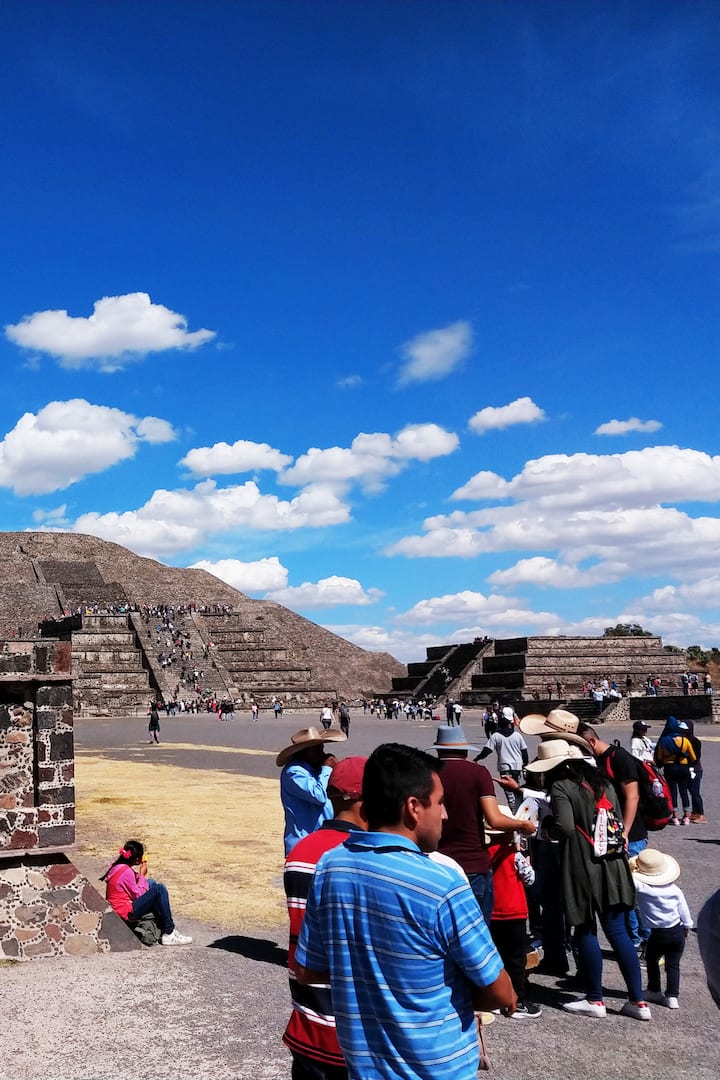건축
Palacio de Mineria
현지인 36명이 추천하는 곳,
현지인이 제공하는 팁
Opposite the National Art Museum is the Palacio de Minería, where mining engineers were trained in the 19th century. Today it houses a branch of the national university’s engineering department. A neoclassical masterpiece, the palace was designed by Tolsá and built between 1797 and 1813. Visits are by guided tour only.
This place now art of the National University, but it used to be the building of the Inquisition back in the 1600's. It has permanent exhibition about Inquisition torture methods.
Considered one of Mexico’s finest examples of neoclassical architecture. The building, completed in 1813, is one of the leading works by Manuel Tolsa
Opposite the National Art Museum is the Palacio de Minería, where mining engineers were trained in the 19th century. Today it houses a branch of the national university’s engineering department. A neoclassical masterpiece, the palace was designed by Tolsá and built between 1797 and 1813. Visits are by guided tour only.
In 2013 it turned 200 years after it was built. It is a neoclassical style building; the most representative of the subject in all America. It was planned and built from 1797 to 1813 by Manuel Tolsá, a Valencian architect and sculptor, to be the headquarters of the Royal Mining Seminary. It is not only a palace for its architecture, details and decoration, but a commitment to culture where activities are carried out for all types of public.
In 2013 it turned 200 years after it was built. It is a neoclassical style building; the most representative of the subject in all America. It was planned and built from 1797 to 1813 by Manuel Tolsá, a Valencian architect and sculptor, to be the headquarters of the Royal Mining Seminary. It is not o…
현지인 추천 장소
- 현지인 48명이 추천하는 곳
위치
5 Calle de Tacuba
Ciudad de México, CDMX
Centro Histórico de la Ciudad de México







